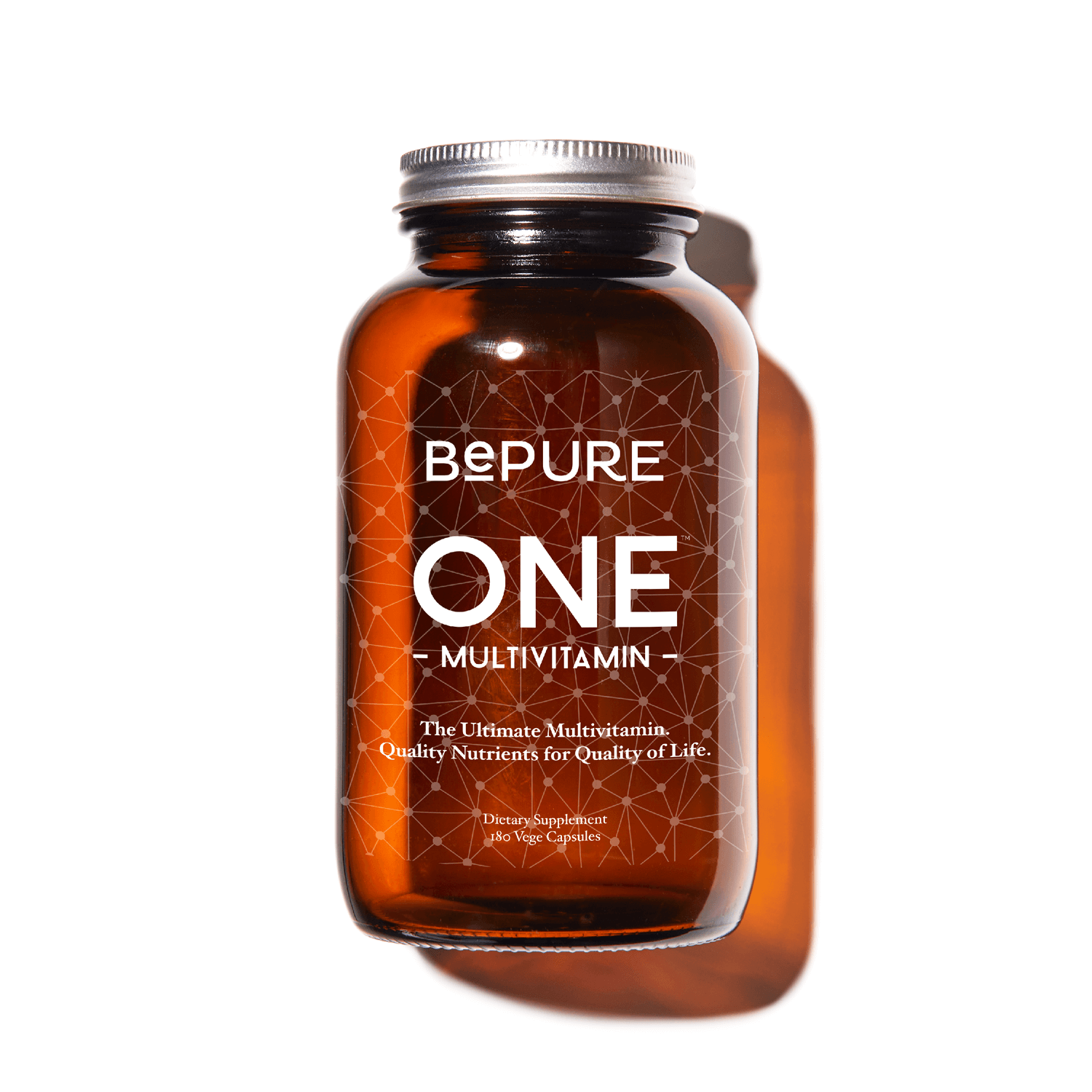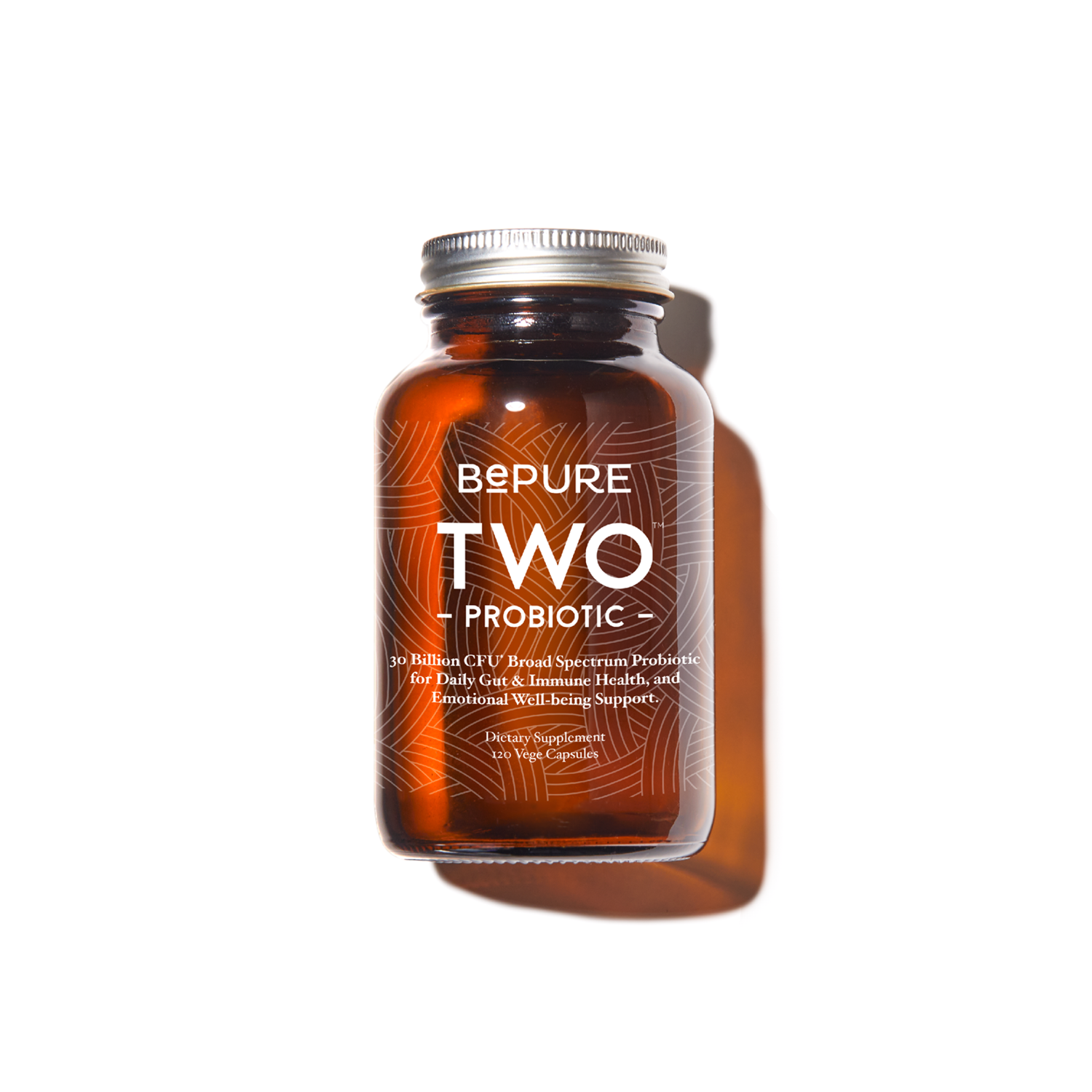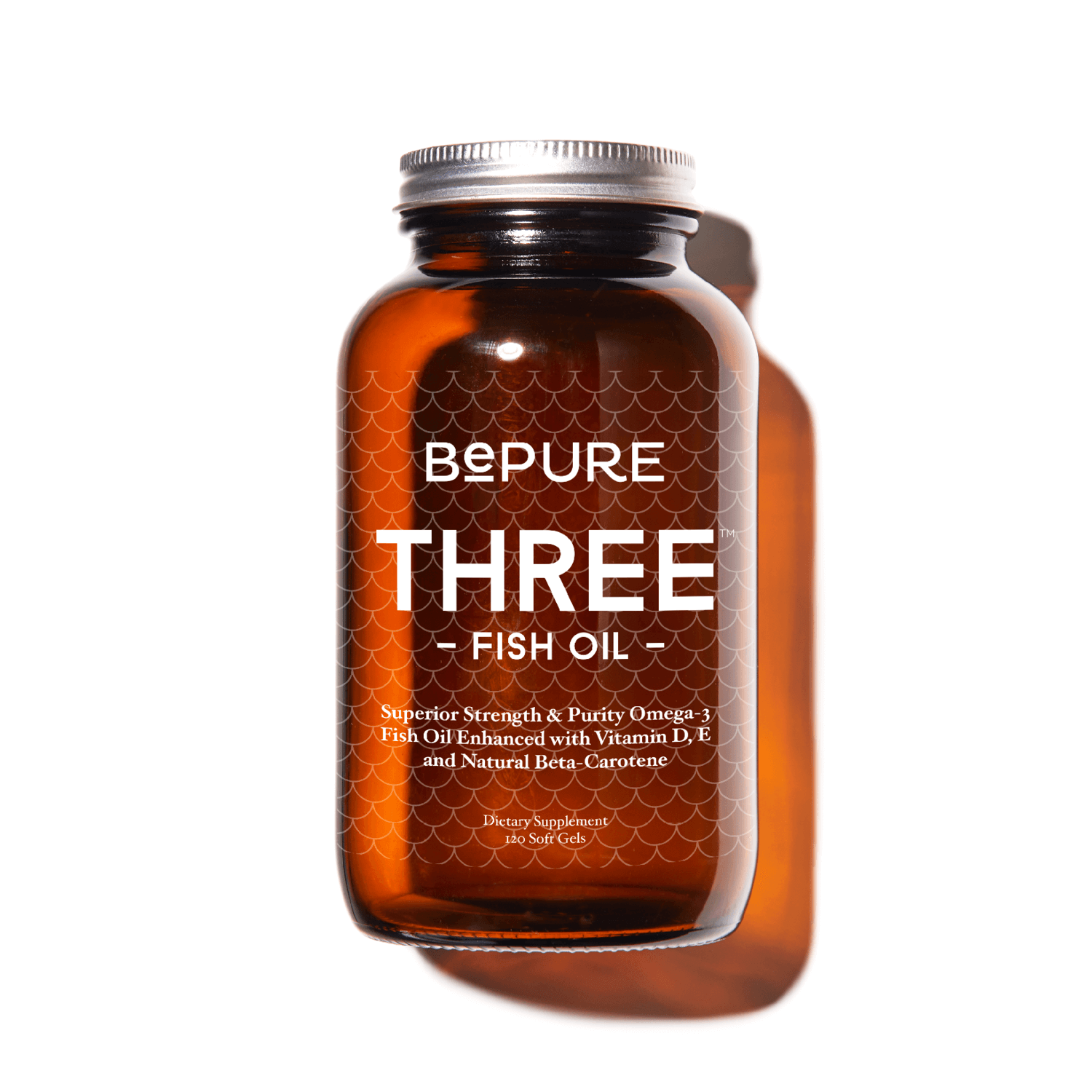Finding out what food your body needs for optimal health and vitality is one of the greatest things you can learn about yourself.
When you eat the right ratio of protein, fats and carbs for your body you will increase your energy, mood and satisfaction after eating. It can help improve metabolic health, as well as chronic inflammation and ultimately helps you feel at your best.
All of us are genetically suited to eating somewhere on a continuum between protein and fats and carbohydrates. This means, some of us will do well eating most of our diet at the protein/fats end of the scale and are considered “protein types”, while others thrive off plant-based proteins which are higher in complex carbohydrates and are “carb types”. Another group of people will be “mixed types” who need an equal amount of carbs, fats and proteins at every meal.
Not sure what food is right for you?
Our BePure Food Pyramids explain what each macronutrient type is, how to tell which category you belong in and how to structure your diet if you are a protein, a carb or a mixed type.
Figuring out what you need in each meal can seem daunting. It’s a good idea to first look at your meal before you begin eating to see what your plate is constructed of. Is there a good source of quality protein, or are there more carbs and fruits? Do you have a healthy fat such as avocado, olive oil or nuts? Once you are aware of what exactly is on your plate, you’re better able to assess after you’ve eaten the meal if it served you well.
Keeping a journal or taking note of your symptoms after each meal is a great way of taking notice of your body's biofeedback.
Our bodies are incredibly intricate and amazing - they are constantly trying to tell us what they need, we simply need to learn how to listen to them.
6 Signs You’re Eating Right For You
When first making changes to what you eat and experimenting with protein, fats and carbs it’s helpful to remember there is a period of adjustment if you have some degree of metabolic dys-regulation. If you’ve been eating foods that don’t serve you, it may take a month or more to see all of these benefits below;
1. How full do you feel?
You should feel full for four or five hours between meals. This is because the foods you are eating are being simulated effectively by your body and stabilising your blood sugar levels. The exception being if you’ve been active and require a post-workout snack, if you are pregnant or breastfeeding or if you are recovering from adrenal fatigue.
2. Do you get hungry or ravenous before you eat?
If your last meal was sufficient to your needs, hunger should creep up on you and not come on suddenly and ravenously. Based on this you should be able to make good food choices rather than rash decisions.
3. How are your energy levels?
You should feel energised for the whole time between meals. Obviously this doesn’t factor in stress, lack of sleep or physical exertion, but you shouldn’t feel sleepy, heavy or lethargic.
4. Do you get cravings?
With stable blood sugar levels you shouldn’t have urgent or insatiable cravings for salty or sugary foods. I once had a client who was eating a well constructed low-carb diet believing it the best approach to manage blood sugar levels and sugar cravings. However, we found she was actually a “mixed type” meaning she functioned best on a mix of protein, fats and carbs. Despite never eating sugary foods or a lot of fruit, she always had sugar cravings at 3pm. Once we introduced some slow releasing carbs like kumara, pumpkin, quinoa and brown rice these cravings gradually disappeared.
5. How satisfied are you after eating?
You should feel satisfied with the meal you’ve just eaten. Rummaging around in the fridge after lunch or dinner is often a sign you haven’t eaten enough of the right food types in your previous meal.
6. How do you feel after eating an apple?
A quick way to find out your food needs is simply through trial and error. How do you feel after an apple? If I eat an apple on it’s own (a carbohydrate), I’m basically hungrier after eating it than when I began. My wife, Lynda, can eat an apple and be full for 2-3 hours, as she’s more of a carb type. It will take you a while to work through all of this on your own. Simply because we all exist on a continuum somewhere between being a protein/fat type (like me) and a carb type. Some people will require a mix, or be slightly more towards one end than the other.



